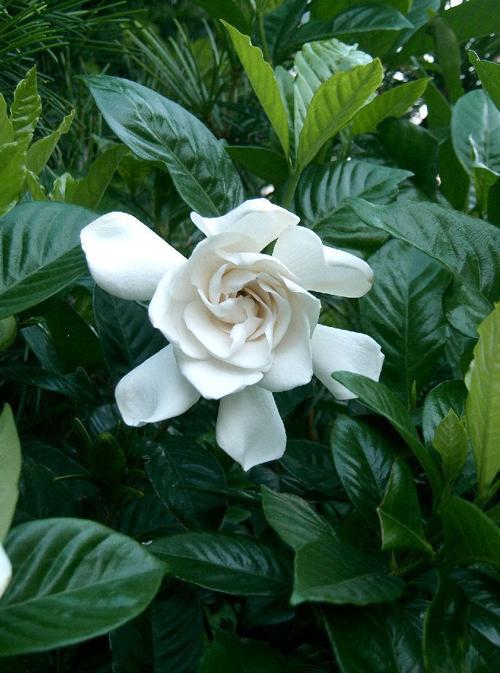Q: Several years ago I had a new evaporative cooler put on my roof — one that purges every few hours. The workman asked where I wanted the water to drain. I thought it would be great to use the water on some non-irrigated bushes below the roof. The man didn’t warn me that the water would be salty, and in time it would kill the bushes, which happened within a year. It’s been about four years since I’ve redirected the flow. Now I would like to plant gardenias in that area. I know they are sensitive to salt. I’m wondering if the rainwater draining off the roof has washed away the salt? I’ve imagined digging deep holes, throwing out the dirt and putting in garden soil. What do you think I should do? How deep and wide should I dig these holes? Would adding acid neutralize the salts?
A: If gardenias could choose their location, they would seek acid, moist, well-drained, high-organic-matter soils in a sunny but not too hot spot. Not exactly what we see commonly in Southern Arizona. That’s not saying you can’t grow them here but you will need to choose a good spot and maintain their surroundings to keep them alive and healthy. It’s best to have your soil tested if you are planning to plant non-natives to make sure they won’t be compromised from the start. My guess is the spot you chose is still salty unless you have been adding organic matter and giving it a good soak once a month to wash the salt through.The rainwater draining off the roof probably left salt in the soil when it evaporated. It’s hard to swap out your soil or change the characteristics of soil for more than a short time. Salinity, high pH and the lack of organic matter will be a going concern. If you are determined to grow these plants, the easiest way is to plant them in containers or raised beds with good soil. Since irrigation water is salty and so is fertilizer, you will still have to give the plants a good soak periodically to wash the salt through the soil. Keep an eye out for yellow leaves with green veins, which is a sign of nutrient deficiency. Also make sure to give them only northern or eastern exposure so they don’t bake in the desert sun.
Peter L. Warren is the urban horticulture agent for the Pima County Cooperative Extension and the University of Arizona. Questions and photos may be emailed to tucsongardensage@gmail.com





